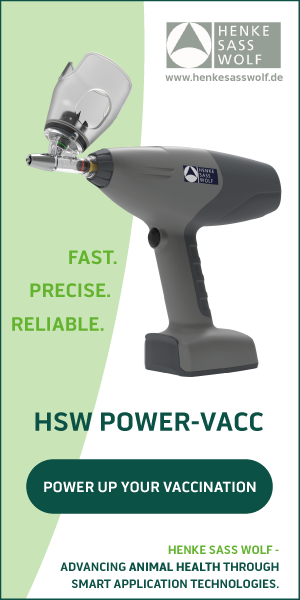Even the smallest changes in poultry nutrition can lead to major financial gains, particularly when it comes to improving feed efficiency
In large-scale broiler production, a one-point drop in feed conversion ratio can cost upwards of $20 million annually. Recent research from the University of Arkansas is helping poultry producers get more precise with calcium, a key nutrient that significantly influences feed-to-weight gain efficiency.
While calcium is essential for bone strength, muscle function and enzyme activity, what truly matters in poultry diets is its bioavailability — how much of the calcium the bird can actually absorb and use. Traditional feed formulations focus on total calcium content without fully accounting for how accessible that calcium is from different sources.
Ben Parsons, assistant professor of poultry nutrition at the Arkansas Agricultural Experiment Station, explains the core issue: "The biggest challenge we have is analytically picking up the calcium content of our samples accurately." The variability comes from feed ingredients like limestone and dicalcium phosphate, which are mined minerals that vary in particle size and composition.
Parsons, along with Ph.D. student Rebekah Drysdale, conducted a comparative study of two methods to measure calcium bioavailability. The classic bone ash method — used for decades — assesses mineral content in the bird’s leg bone. A newer, faster method called the "apparent ileal digestibility test" analyses how much calcium is absorbed in the final section of the small intestine.
Drysdale developed the updated bone ash method during her master’s research. Parsons said, "The bone ash method is a classic approach that has been around for decades, mainly for trace minerals and phosphorus but very recently we've developed a regression approach for bone ash to measure calcium." The researchers found both methods to be reliable, but the ileal digestibility test offers results within 24 to 72 hours, compared to the two weeks required for the bone ash method.
Limestone remains the most common calcium source in poultry feed due to its low cost and availability. However, its digestibility can vary widely, from 20% to 80%, depending on particle size and solubility. Over-supplying calcium to compensate can negatively affect the absorption of other nutrients like phosphorus and even worsen disease susceptibility. "Some recent work is showing that excess calcium can exacerbate disease and pathogen challenges," Parsons said.
Parsons hopes future poultry diets will be based on digestible, not total, calcium levels. "You want a limestone that's in the middle of this solubility distribution," he said, pointing out that too rapid or too slow solubility both cause issues. By using both testing methods, producers can better identify high-performing calcium sources and reduce waste while maximising bird health and growth.





